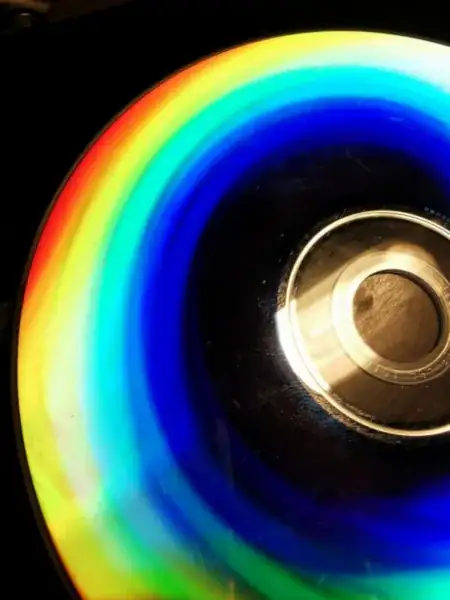All waves have the property, diffraction. Why exactly does this happen? Why do waves interact in this manner?
3 Answers
Talking in term of classical Optics,
The essential feature of diffraction is a deviation from rectilinear propagation arising when a wave is obstructed in some way. Roughly speaking, the wave will bend around an obstacle, thereby forming a fringe pattern in what might otherwise be assumed to be the region of the uniform geometrical shadow.
There is little or no real distinction between this phenomenon and the phenomenon of interference; both are the product of the superposition of several wavelets.
What is the cause of diffraction?
This and the other two questions can now be reduced to the question.
Why waves follow the superposition principle?
The superposition principle, also known as superposition property, states that, for all linear systems, the net response caused by two or more stimuli is the sum of the responses that would have been caused by each stimulus individually.
In any system with waves, the waveform at a given time is a function of the sources (i.e., external forces, if any, that create or affect the wave) and initial conditions of the system. In many cases (for example, in the classic wave equation), the equation describing the wave is linear. When this is true, the superposition principle can be applied. That means that the net amplitude caused by two or more waves traversing the same space is the sum of the amplitudes that would have been produced by the individual waves separately.
Talking in term of Quantum Electrodynamics :
I'll not get into a deeper level or full description but the reason still turn out to be the superposition of wave functions. Following are the reference if interested:
- Quantum Electrodynamics
- Diffraction without Waves: Emergence of the Quantum Substructure of Light
- The Strange Theory of Light and Matter
- 12,211
Short explanation would be that when wave reaches an object with size comparable to a wavelength, then it bends over it. Much like gymnast bends over ball. Bending amount depends on exact wavelength, thus why we get a diffraction spectra. For example look at DVD surface under direct light of lamp or flashlight =>
Information in DVD is stored in varied length of pits. Long pit is interpreted as 1, short - as 0. These pits diffracts (bends) light waves when they are reflected from a DVD surface, because pits are comparable to a light wavelength - zero pit has width about $400~\text{nm}$
- 16,916
The prediction of the interference or diffraction patterns produced by an electromagnet wave starts with the assumption that each point on the wave front produces a new wave. In the pattern produced by a double slit, the waves from the two slits interfere with each other, either constructively or destructively, depending on the wave length and the difference in the path lengths from each of the two slits to a point in the pattern. As the slits get closer together, the pattern gets wider. In a direction parallel to the slits, the pattern is too narrow to be noticed. With a (multiple slit) diffraction grating, constructive interference occurs only when the path difference from one slit to the next is an integer number of wavelengths. Each narrow section of a DVD can be considered a reflection grating with the slit separation determined by the distance between the grooves on the disk.
- 12,280
